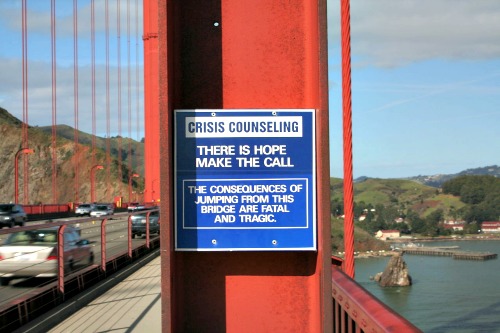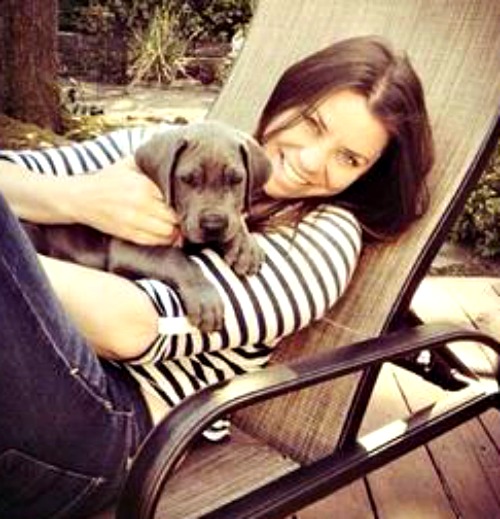Glamorize Death and Copycat Suicides Follow
COMMENTARY: St. John Paul II once said, ‘A culture that honors and exalts those who deliberately reject life is a culture that eventually will come to worship death.’

Kiyoko Matsumoto is well represented on the Internet. She died on Feb. 12, 1933, at the tender age of 21, and apparently had lived a rather uneventful life. Her single claim to fame rests on one desperate action. This young student jumped into the volcano of Mount Mihara from an observation point overlooking the molten lava.
She left behind a note to her closest friend that read, “Dearest, I am bewildered to distraction by the perplexities of maturing womanhood. I can stand the strain no longer. What shall I do? I should like to jump into a volcano.”
The location of her leap, on the island of Izu Oshima, 70 miles south of Tokyo, has been called “The World’s Most Romantic Death Spot.”
Kiyoko’s heart-rending suicide note quickly made her a media sensation across Japan, as newspapers turned her into an instant celebrity. As a result, before the year was over, 944 people imitated Kiyoko’s final act, 804 men and 140 women. The Tokyo Bay Steamship company set up daily excursions to what became known as “Suicide Point.” Thousands more made the fatal trip until the 1950s, when it was made a criminal offense to purchase a one-way ticket to the island.
Two points are of particular interest here:
1) That it is possible for the media to glamorize suicide; and
2) Such glamorization of death can lead to a wave of copycat suicides.

Given the fact that many states are presently considering physician-assisted suicide, it is wise to take these two points seriously. There have been 1,600 confirmed deaths of people jumping from San Francisco’s Golden Gate Bridge since it was built in 1937. The total number of this form of suicide is impossible to know. One person who survived the fall told a reporter that, during what he thought to be his final four seconds of life, he suddenly realized that all his problems were “fixable,” but this — his jump — was not. How many others might have had the same thought just before they hit the water? We will never know. But we do know that human beings are prone to act impetuously. And out of desperation, they often choose what they later regret.

On Jan. 1, 2014, Brittany Maynard was diagnosed as having a form of brain cancer. After treatment, the cancer progressed, and the 29-year-old was given six months to live. She moved from California to Oregon so that she would be eligible for physician-assisted suicide. On All Saints’ Day, Nov. 1, 2014, Brittany Maynard ended her life with physician-prescribed drugs.
CNN named her one of its “11 Extraordinary People of 2014.” Marcia Angell, former editor in chief of the New England Journal of Medicine, stated that Maynard became the “new face of the assisted-dying movement” who had “greatly helped future patients who want the same choice.” A newspaper columnist commented, “Maynard has ascended to martyr-saint status as an advocate for the right to suicide in the throes of terminal illness.” The glorification of her death was evident in the mainstream media.
Brittany, herself, wrote: “If I’m leaving a legacy, it’s to change this health-care policy so it becomes available to all Americans.” But what will be her legacy?
Given the media’s penchant for glorifying death and the phenomenon of copycatting whatever seems fashionable, one should hope that those who are eager to legalize physician-assisted suicide give due consideration to these points. Getting treatment seems far more reasonable than following trends. Writing for First Things (April 2015), Dr. Aaron Kheriaty, who is associate professor of psychiatry at the University of California’s School of Medicine, has this to say, quoting St. John Paul II:
“A culture that honors and exalts those who deliberately reject life is a culture that eventually will come to worship death.”
St. John Paul II’s reference to the “culture of death” must be taken literally, since such a culture includes a momentum that is perilous to all.
Donald DeMarco is a senior fellow of Human Life International.
He is professor emeritus at St. Jerome’s University in Waterloo, Canada,
and an adjunct professor at Holy Apostles College and Seminary in Cromwell, Connecticut.
- Keywords:
- culture of death
- donald demarco
- pope john paul ii
















